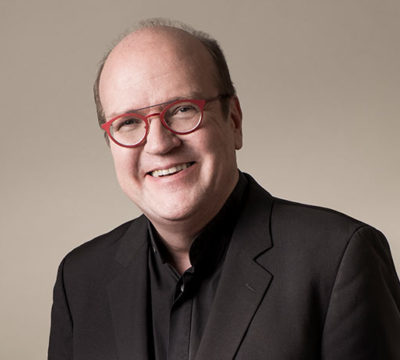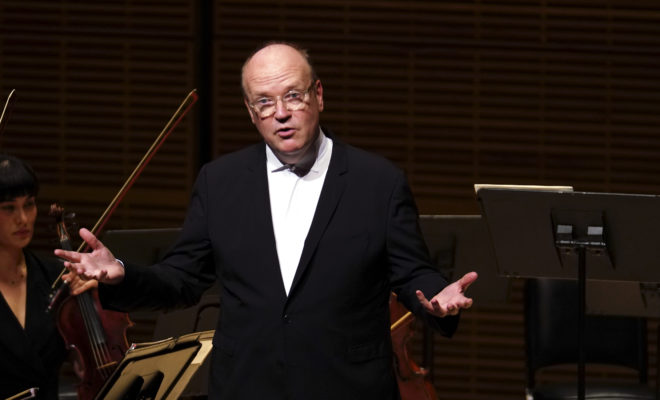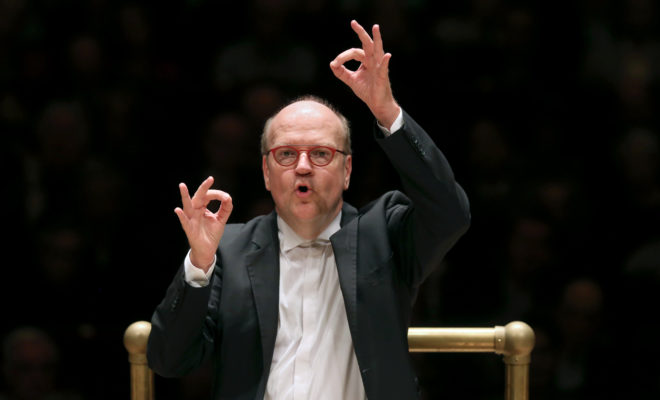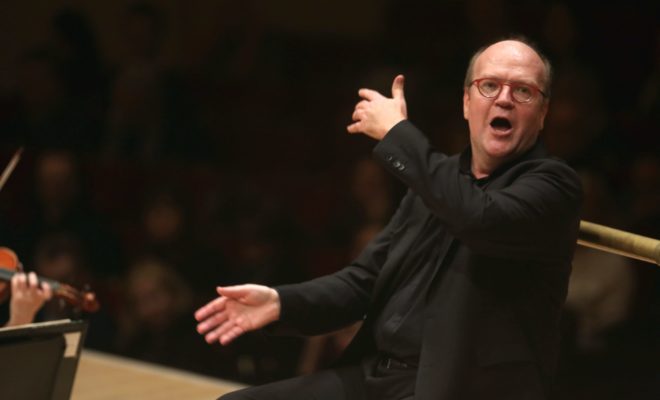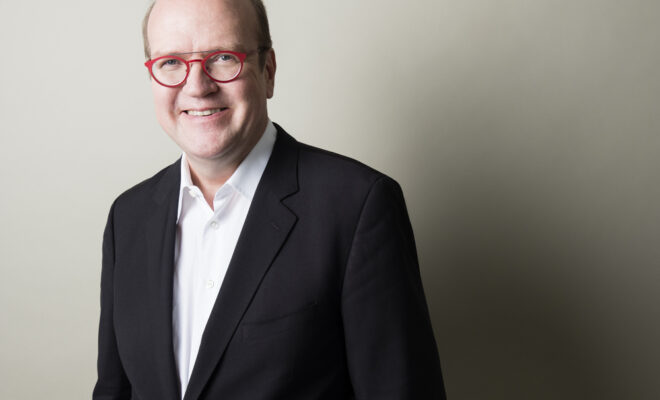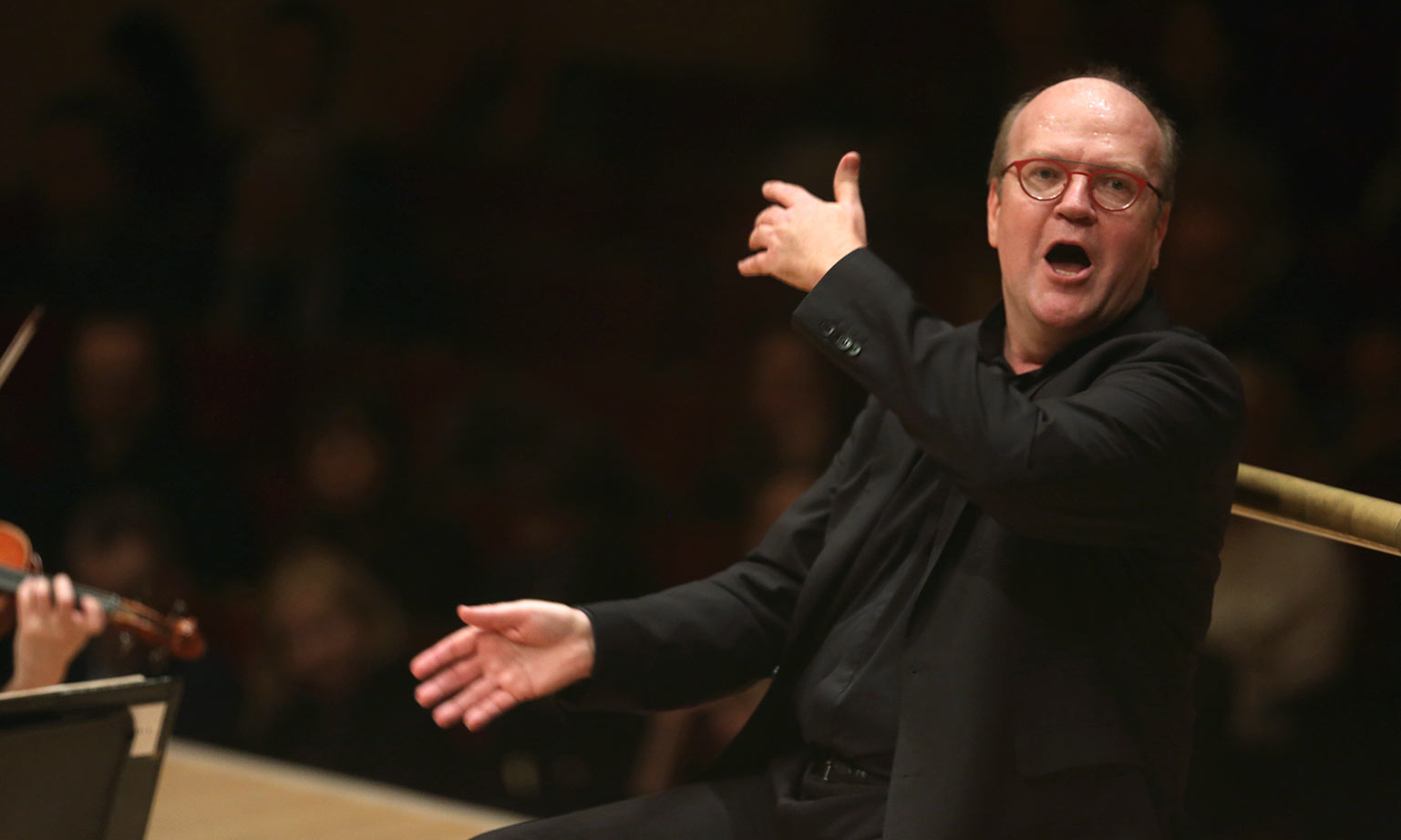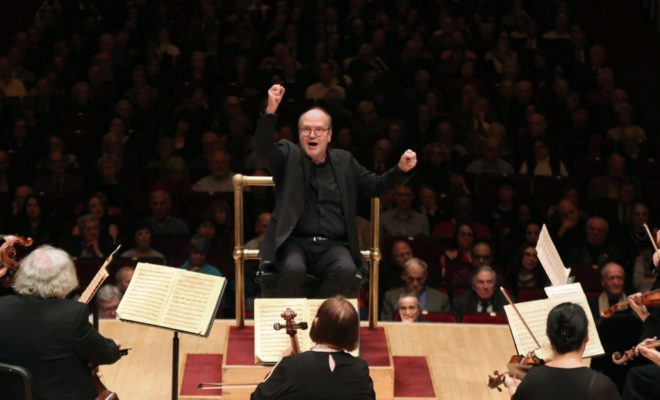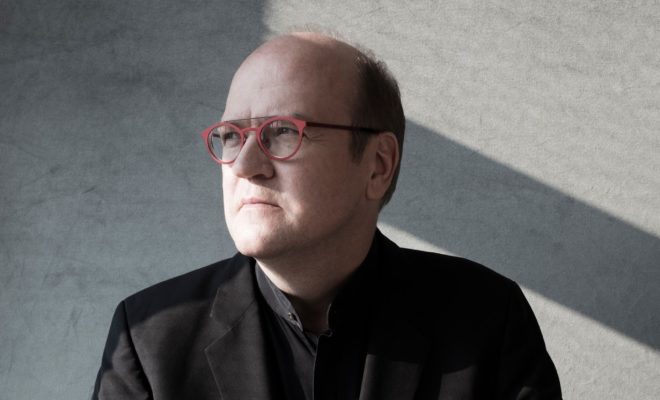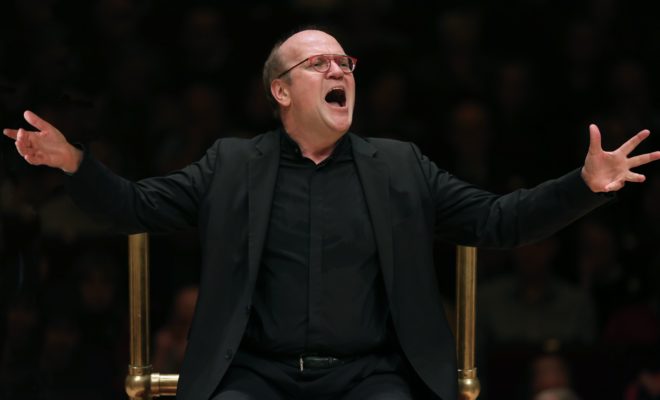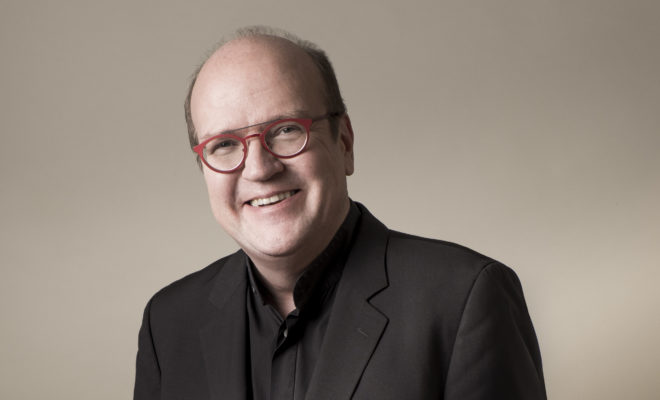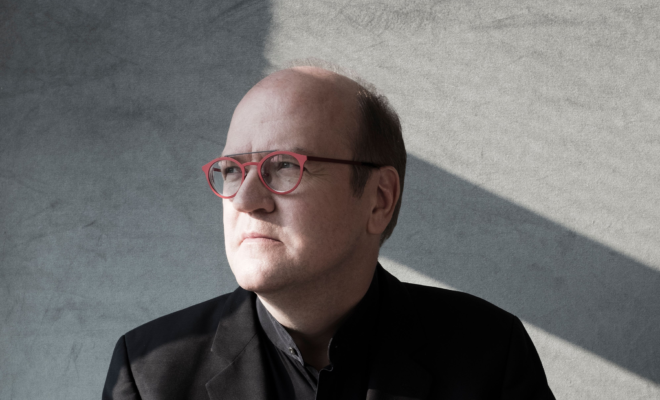With this triple musical dose of Bach, there can’t be too much of a good thing.
Our topic is the power of transformation in Bach’s music, and more specifically, his capacity to transform, modify and re-utilize his own music or the music of other composers and turn it into something new and different that takes a life of its own.
Arranging music was a daily business for 18th-century composers: music was for them a living matter waiting to be molded and transformed depending on daily needs. There was no inhibition in using someone else’s music for one’s own purposes. They were light years away from two of our very modern concepts: first, the notion of copyright and ownership; second, the idea that music exists in a pure and definitive (almost sacred) form which should not be altered.
19th– and early 20th-century musicology developed a concept of reverence for the idea of the “original version” (Urfassung) of any piece of music, with the implication that there is for each piece an original and/or definitive version that should be considered authentic and untouchable. To some extent, that concept has contaminated the universe of musical performance practice (commonly known as “Historically Informed Performance”, or HIP movement; the German tongue-twister Aufführungspraxis can also impress). Some people will say that a specific interpretation is “authentic” as opposed to another one – like “authentic” on the baroque violin but “not authentic” on its modern counterpart… If only things were that simple.
The journey of the HIP movement implies going back to original ways of performing music by devoting our attention to original manuscripts, editions and musical instruments of a specific era, and learning everything about what music meant to the people who composed it, performed it and lived with it. It is a fascinating process that has completely changed our way of understanding the music of the past.
The purpose of this movement however cannot be to recreate music the way it sounded back then – in other words, to recreate an “original version” that stands out as the ultimate beacon of truth. Without actual recordings we will never know what music making really sounded like back in the 18th-century. Just listen to early 20th-century recordings of romantic music (widely available on different platforms) to understand how parameters of music performance can change over only a hundred years… Then multiply this gap by three or four.
The only purpose of the HIP movement can be to get rid of the many layers of varnish tradition has piled upon the music in order to access sources directly without the numerous filters added by generations of performers and editors (no matter how fabulous many of them were). This in turn enables us to make our own personal decisions about the music, today, for the world of today. Historical knowledge, however deep and comprehensive it might be, is not the sole source of an interpretation; it’s only a way of honing the right tools in order to make music sound relevant and modern to our world. Authenticity can only exist in the present; it lives in the heart of those who wish to express themselves today through music of the past (or the present, of course). This can be done on any instrument, period or not. (Personally I must admit I am a sucker for Bach played on the piano.)
Now back to Bach arranging his own music… In doing so he always applied a basic principle of 18th-century music making: any arrangement or re-composition of a piece must sound idiomatic when performed on the new medium. In other words, a violin piece turned into a harpsichord piece must sound like harpsichord music, as opposed to a violin piece played on the harpsichord. There is no need to be faithful to the original; that so-called original is not a sacred relic which cannot be moved or touched. On the contrary, it is available for remolding and reconfiguring. This applies to more than Bach. All of his contemporaries were doing it – especially Handel, who was indeed the Ultimate Recycler of music by himself or anybody else as long as it was good and helpful.
Bach’s imagination and skills in that department are second to none. Our musical choices today exemplify that in a shocking way… I offer you three pieces which stem out of the same matrix, that is, his Prelude to the Partita in E major BWV 1066 for solo violin and two highly contrasting arrangements he made of it: one for solo lute and one for solo organ accompanied by a full orchestra of trumpets, timpani, oboes, strings and continuo.
From the fluidity of Rachel Podger’s violin and the extreme smoothness of Hopkinson Smith’s lute to the fiery exuberance of Ton Koopman and his band, the difference between the three versions could not be more striking. The same music, really? And yet all three pieces originate from the same substrate, albeit presented in ways that seem to stem out of completely different worlds.
Program
Johann Sebastian Bach
Prelude from Partita No. 3 in E major, BWV 1006 for solo violin
Johann Sebastian Bach
Prelude from Partita, BWV 1006A for lute
Johann Sebastian Bach
Sinfonia from Cantata Wir danken dir, Gott, wir danken dir, BWV 29
